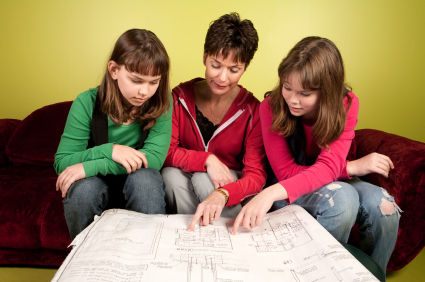 Did you know that October is National Cyber Security Awareness Month? The month is a time for educating the community – especially families – about cyber security and internet safety.
Did you know that October is National Cyber Security Awareness Month? The month is a time for educating the community – especially families – about cyber security and internet safety.
According to StaySafeOnline.org, National Cyber Security Awareness Month was created ten years ago as a way for government and industry “to ensure every American has the resources they need to stay safer and more secure online … Cybersecurity is the mechanism that maximizes our ability to grow commerce, communications, community and content in a connected world.”
If you have a child with a smartphone, you know how easy it is for him or her to become lost in a world of apps like Kik, Instagram, Snapchat, Vine and a growing list of other social media geared toward young people. As we spend more time on the internet, online predators are sharpening their skills and internet know-how so to better take advantage of innocent victims. Not to mention, cyber bullying cases that we hear about in the news on what seems like a weekly basis.
Related: iPhone vs. Android: MamaBear Weighs in on Smartphone Shopping for Your Kids
According to the Stop. Think. Connect. initiative of the Department of Homeland Security, “As technology advances, so do the techniques cybercriminals use to gain access to our computer networks. If each of us becomes more aware of cyber security risks and implements a few simple steps, we can all make a big difference.”
The Stop. Think. Connect. site includes resources to help you and your children learn how to stay one step ahead of cybercriminals.
Spread the Word
The best way for families to lead safer lives online is to educate themselves and then spread the word. “The Internet is a shared resource and securing it is our shared responsibility,” write the folks at StaySafeOnline.org. “Everyone has a role in securing their part of cyberspace, including the devices and networks they use. Individual actions have a collective impact and when we use the Internet safely, we make it more secure for everyone.”
It is especially important to reach our children with guidance on how to keep their information safe. Parents can help their children become smarter, savvier internet citizens by teaching them about cyber security during the month of October and year round. While teaching them about cyber security is crucial in this day and age, it is also important to use a family safety app like MamaBear to monitor their online and social media behavior to ensure that they are safe from online predators and bullies, until they are mature enough to protect themselves.
Want to help promote cyber security? Tell your workplace, your schools, your churches and your local government to promote NCSAM so all can share the responsibility of increasing awareness of cyber safety and making the internet a safer place for all. “Everyone can do something—even if you have less than one hour to devote to this effort!
Image Credit: The Tech Herald
 You spoke and we listened. A new-and-improved version of the MamaBear Family Safety App inspired by suggestions from our users is now available.
You spoke and we listened. A new-and-improved version of the MamaBear Family Safety App inspired by suggestions from our users is now available.
